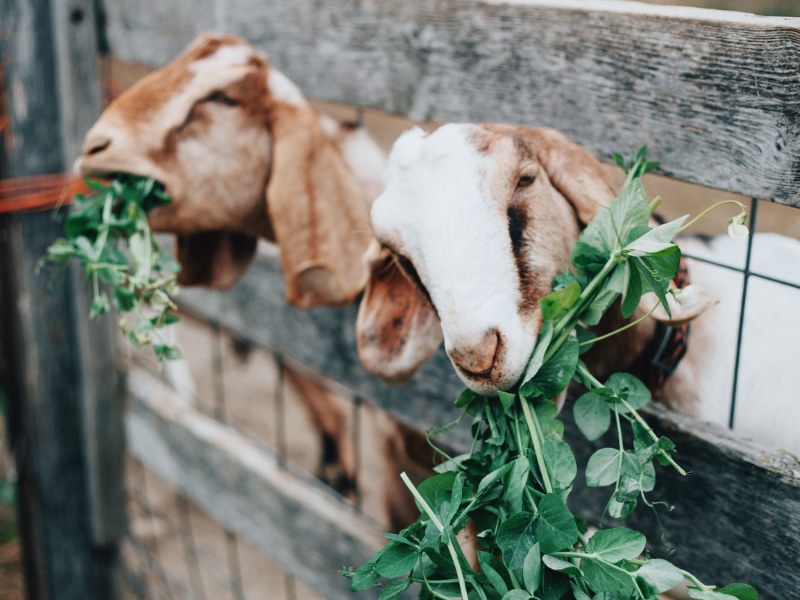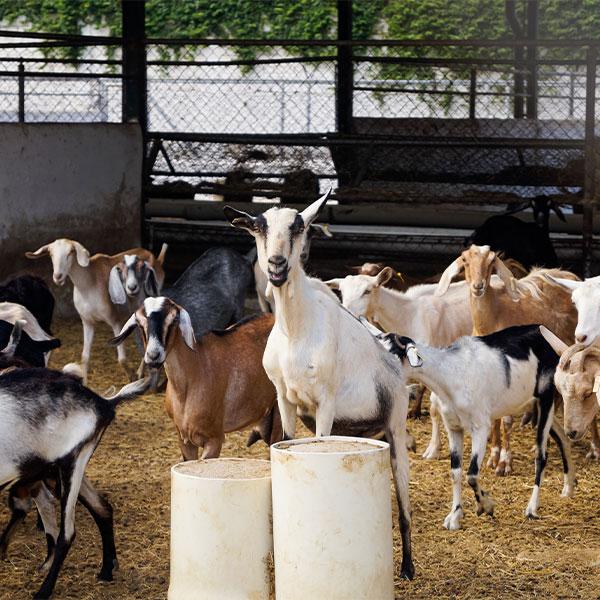Goats make wonderful pets, known for providing milk and meat. However, keeping them secure can be a challenge as goats are natural escape artists. Starting with the right fencing will save you time and effort while ensuring your goats' safety. Factors such as budget, location, and nearby predators like coyotes all play a role in fence selection.

Types of Goat Fencing and Their Pros and Cons
1. Temporary Electric Netting
- Pros: Easy to move around.
- Cons: Requires daily testing to ensure a strong charge.
2. Woven Wire
- Pros: Cost-effective solution.
- Cons: Goats may get their heads stuck in larger openings.
3. Livestock Panels
- Pros: Safe for children to be around without electric shock risk.
- Cons: Installation is time-consuming and requires maintenance to handle climbing and rubbing.
4. Electric Fencing
- Pros: Prevents goats from rubbing against the fence.
- Cons: Must maintain a current of at least 5,000 volts for effectiveness.
5. Timeless Fence
- Pros: Flexible, which makes it more durable under pressure.
- Cons: Typically more expensive.
Maintaining Your Goat Fence
No matter which fence type you choose, regular maintenance is essential. Goats enjoy rubbing their horns and bodies on the fence, which can wear it down over time. Bucks, in particular, may break through the fence when seeking out does. To keep them entertained, consider adding enrichment activities such as treats and toys or creating a playground with ramps for climbing and jumping.
Conclusion
Have you found effective ways to keep your goats safely enclosed? Share your experiences and solutions for keeping goats safe and happy within their fenced areas!












